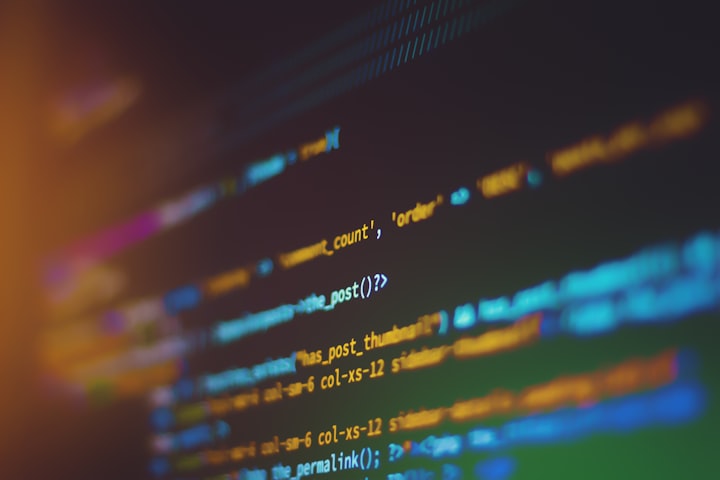
INTRODUCTION:
Python is a popular programming language. A programming language is like a set of instructions that you give to a computer to make it do things. Computers understand different languages, just like people do. Python is one of those languages that computers can understand.
BECOME A PROGRAMMER:
Learning Python can be a great step towards becoming a programmer or expanding your coding skills. Here's a general guide to get you started
• Install Python: Download and install the latest version of Python from the official website (python.org) or through package managers like Anaconda.
• Understand Basics: Familiarize yourself with fundamental concepts such as variables, data types (strings, numbers, lists, dictionaries), and basic operations.
• Control Flow: Learn how to use if statements, loops (for and while), and conditional expressions to control the flow of your program.
• Functions: Understand how to define and use functions to modularize your code and make it more organized and reusable.
• Data Structures: Dive into more complex data structures like lists, tuples, sets, and dictionaries to manage and manipulate data efficiently.
• File Handling: Learn how to read from and write to files, which is essential for working with data or configuration files.
• Modules and Libraries: Explore Python's built-in modules and external libraries to extend your capabilities. For example, you might want to learn about math, random, and datetime.
• Object-Oriented Programming (OOP): Gain an understanding of classes and objects, and how to implement object-oriented programming concepts in Python.
• Exception Handling: Learn how to handle errors gracefully using try-except blocks to prevent your program from crashing.
• Basic Web Development: Get familiar with frameworks like Flask or Django if you're interested in web development.
• Data Science and Analysis: If you're interested in data analysis, learn about libraries like NumPy, pandas, and Matplotlib.
• Machine Learning and AI: For AI and machine learning, explore libraries like scikit-learn and TensorFlow.
• Practice: Practice coding regularly by working on small projects and gradually moving to more complex ones. Websites like LeetCode, HackerRank, and Codecademy offer coding challenges and tutorials.
• Documentation and Online Resources: Make use of Python's official documentation and various online tutorials, forums, and communities to troubleshoot and learn.
• Project Work: Once you're comfortable with the basics, work on personal projects to apply what you've learned. Re
al-world projects are the best way to solidify your skills.
EXAMPLES OF PYTHON CODING:
Here are a few more examples of things you can do with Python:
• Print Messages: You can use Python to print messages on the screen.
For example:
pythonCopy code
print("Hello, world!")
Math Calculations: Python can help you do math. Here's how you can add numbers:
x = 5
y = 3
sum_result = x + y
print("The sum is:", sum_result)
Lists: You can make a list of things in Python:
colors = ["red", "blue", "green"]
print("My favorite color is", colors[0])
Conditional Statements: Python can help you make decisions. Here's an example:
age = 7
if age < 10:
print("You are a kid!")
else:
print("You are getting older!")
Loops: You can use loops to repeat things. For instance, printing numbers from 1 to 5:
for number in range(1, 6):
print(number)
Functions: You can make your own mini-programs called functions:
def greet(name):
print("Hello,", name)
greet("Alice")
Imagine you're telling a robot how to make a sandwich. In Python, you would write something like:
bread = 2
ham = 1
mayo = True
if mayo:
sandwich = bread + ham + 1
else:
sandwich = bread + ham
print("I made a sandwich with", sandwich, "slices!")
This would tell the computer to check if there's mayo. If there is, the computer would add an extra slice of bread to the sandwich. Then, it would print out a message telling you how many slices your sandwich has.
Remember, these are just simple examples. Python can do much more, from creating games to analyzing data and building websites. It's a great language to learn and explore!
Conclusions:
Python is an excellent programming language for beginners and experienced developers alike. Its simplicity, versatility, and strong community support have contributed to its widespread adoption in various domains.






Comments
There are no comments for this story
Be the first to respond and start the conversation.